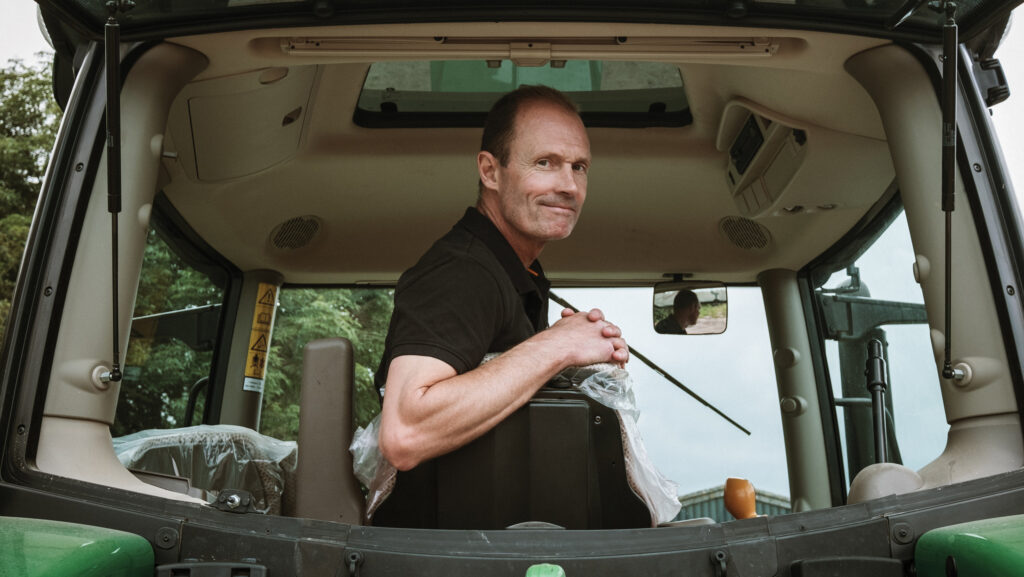Farmer Focus: Monitoring bee activity thanks to on-farm sensors
 Andy Barr © Colin Miller
Andy Barr © Colin Miller Finally, the oilseed rape is reaching skywards so quickly I had to stop and stare to see if I could actually see it growing.
This is just as well, given the pigeon wars we have experienced this year.
I’m not sure if this is because less of the crop is being grown or the lack of sun and surfeit of rain last spring which reduced the amount of alternative pigeon food sources.
See also: Why pollinators are key to Scottish grower’s 6t/ha bean yield
Did you know that the Woodland Trust’s citizen science project has found that last autumn hawthorn and elderberries hit their lowest numbers since the trust started recording, and it’s a similar story for ash, ivy and oak.
So, the current dry sunny period could help two years of oilseed rape crops, and of course the pollinators.
This is now doubly interesting to me as, courtesy of a United Oilseeds pilot, I have a number of Agrisound sensors monitoring bee activity in the field.
It will be fascinating to see if we observe any difference between fields with flower margins and without, and between environmental features such as legume fallow and a flowering OSR crop.
Maybe we will find evidence that any new Sustainable Farming Incentive schemes should support flowering crops to help biodiversity?
Biodiversity crops up a lot in the consultation document on the Land Use Framework the government is putting together.
It could be a good idea in order to make some sense of the intense competition for land, but I find my trust in governments’ ability to make sensible choices and keep their promises is low.
I’m also concerned they seem to be basing their decisions on the old land grade classification surveys which bear little resemblance to my fields’ current ability to produce food.
It’s unclear from the low-resolution maps whether my farm is deemed suitable for actual farming.
If it is, it does seems inevitable I’ll be faced with enforcement of much stricter fertiliser and pesticide application rules, together with “encouragement” to adopt regenerative, integrated pest manamgement and precision application practices.


